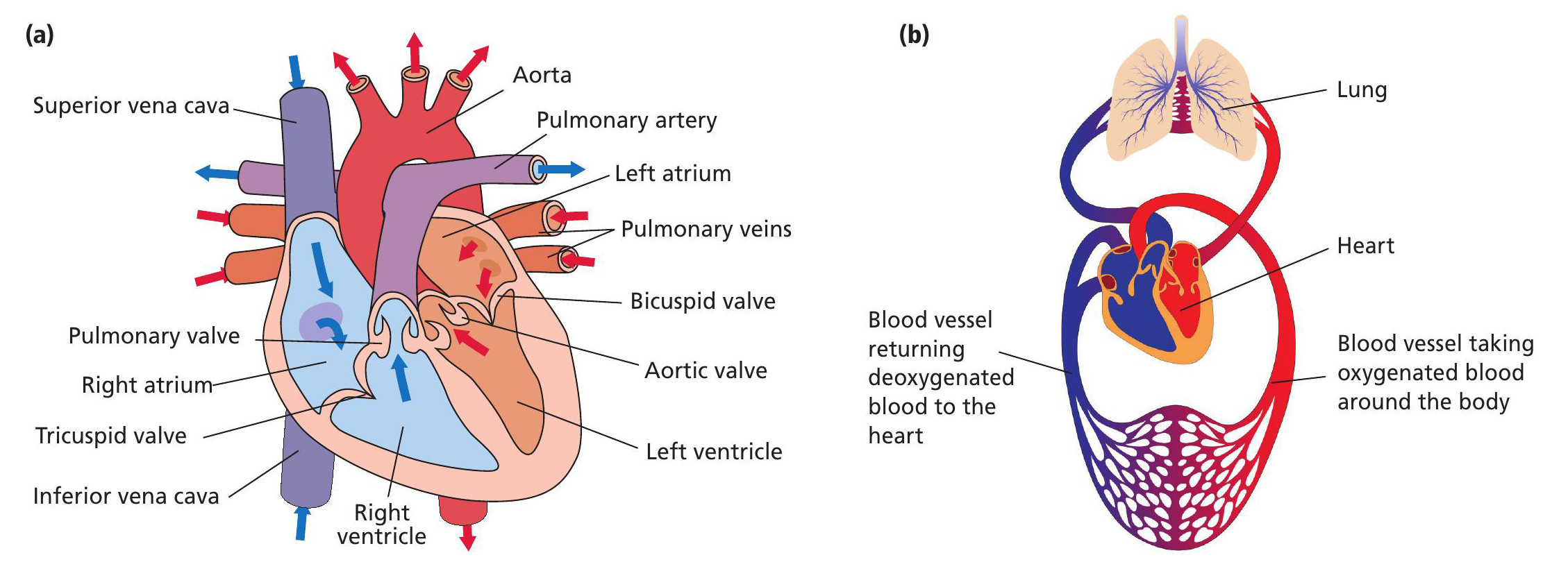
It is estimated that between 1% and 5% of the human population are born with structural or functional problems with their hearts — known as congenital heart disease. These problems result from errors that happen when the baby’s heart is forming in the womb. They are the most common birth defect, and are the most common non-infectious cause of child death.
The impact of congenital heart disease varies — some defects can be corrected with surgery but some defects are so severe that newborn babies die. However, many defects go unnoticed, or if they are found they may not require any treatment. Therefore, it is possible that the prevalence of congenital heart disease in the population may be even higher than estimates suggest.
Your organisation does not have access to this article.
Sign up today to give your students the edge they need to achieve their best grades with subject expertise
Subscribe




